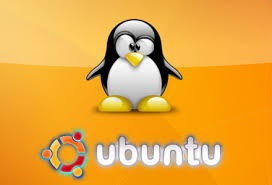The CCIE Journey Ends and Life Long Learning Continues..........
I passed the CCIE exam on May 25, 2011 and I have to say that it was long and a difficult process. Most of us perusing the elite certification continue to work fulltime and try balancing between our families and studying which makes the process that much more difficult. I will break this up into 2 sections, the first section will give a summary of studying material and tools used during the process and the second section will give some insight into San Jose and RTP.
Primary Study Tools
· IPX Blended Learning Solution (BLS) / Self-Study Bundle - (IPX provided me the core foundation and additional hands on experience required to achieve the CCIE designation.)
o Video on Demand Course
o Volume 1 Workbook and Walk Through Videos
o Volume 2 Workbook
o Volume 3 Workbook and Walk Through Videos
o Proctors Labs (Rack Time)
o Audio Book
· CCIE R&S Reading List -(The CCIE reading list provided me a great list of books to ensure that I understood the technology to depth required to become an expert.)
· Cisco Doc-CD - (The Doc-CD should be used in your day to day job as this ensures that you are implementing technologies that Cisco offers from the makers of the technologies. The ones that know it best)
· IPX Online Study Group – Leveraging the OSL allows you to participate in problems that others are facing during their studies, gain insight into how others are approaching things, gives you a forum to discuss anything in regards to your journey. Not to mention that there are multiple experts contributing to this forum.
· Blog - This was the avenue that I took as it made me dig even deeper into the technologies as I was posting and creating material for the world to view. My site has a slew of questions that I created, troubleshooting scenarios, and just information about technologies.
· Working with the technologies in your day to day job – This one may be obvious but I included anyways
Secondary Study Tools
· INE - (INE gave me an opportunity to work with different workbooks that are structured and worded differently – helped get me out of the my comfort level when working with only 1 type of workbook)
· Graded Labs (Rack Time) – Same as the above and I needed to be able to work with the topologies that were specific to INE
· Dynamips – Allowed me to create my own LABs as well as leverage it to run IPX and INE labs when I could not be bothered to schedule a lab and be bound to a timeline














